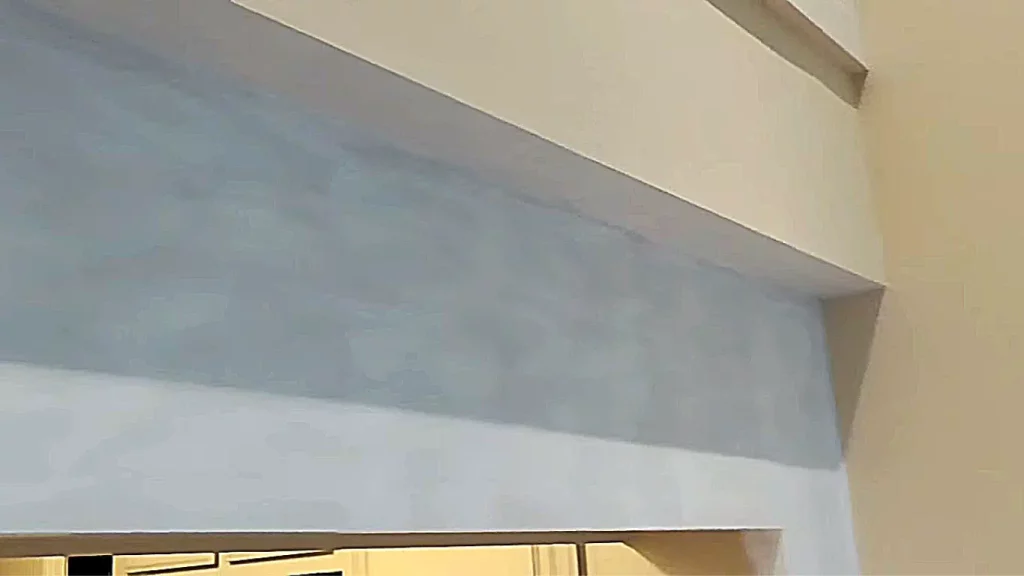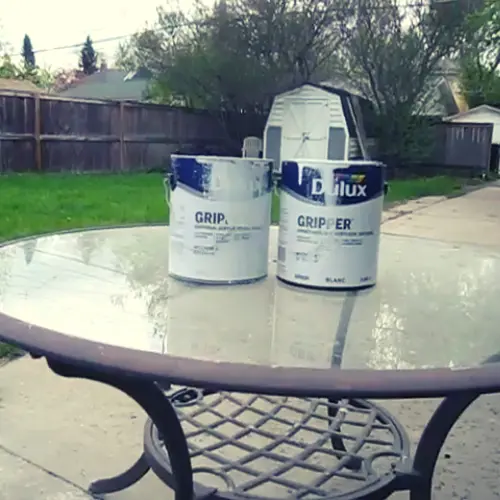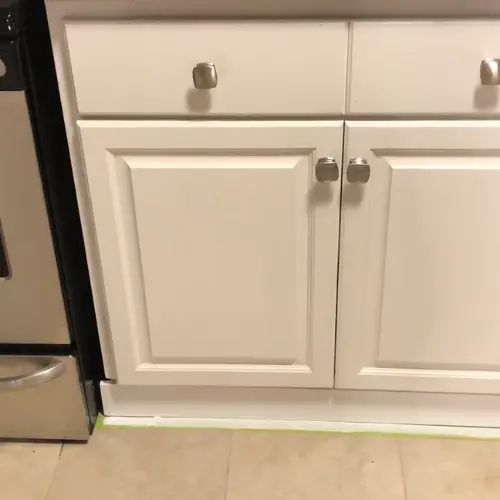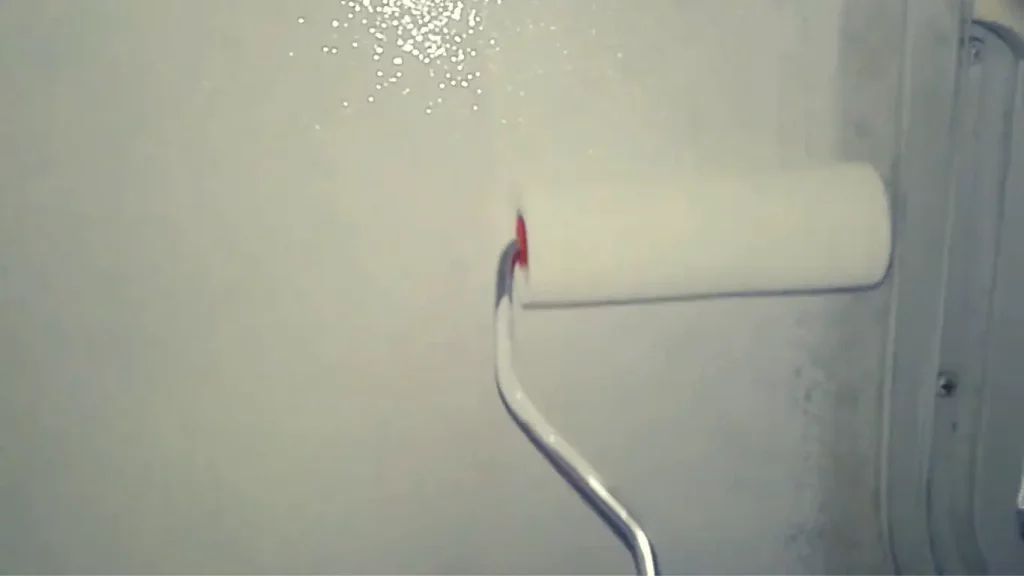When buying primer, you must have a clear idea of which surfaces you can use your primer. You may wonder on which surface you can use gripper primer. Gripper primer is a very popular primer that you will see in any hardware store. So, what is gripper primer used for?
Gripper primer is a type of paint primer used to grip the surface you are painting. It is also used to protect the surface from rust and corrosion. It also blocks stains on your preferred surfaces, whether the stain is of water, ink, or smoke.
You can use Gripper primer to improve the adhesion of paint on glossy surfaces. You can use it on any surface, but it is commonly used on metal surfaces. This primer provides a better grip for paint, which can help to prevent peeling and flaking.

What is Gripper Paint Primer?
Gripper primer is a water-based acrylic primer that you can use on any surface, particularly on surfaces that are difficult for the paint to stick to. It is a high-quality, quick-drying primer that provides excellent adhesion to surfaces while sealing in odors and stains. It is ideal for use on both new and previously painted surfaces, making it an excellent choice for a variety of projects.
What is Gripper Primer Used For?
Gripper primer is a type of primer that is used to prepare surfaces for painting. It is designed to grip onto surfaces and provide a good foundation for the paint to adhere to.
It is a high-performance, water-based acrylic primer that provides excellent adhesion to bare metal surfaces. It can also be used on painted surfaces that are in good condition. This primer is designed for use on both interior and exterior surfaces.

Gripper primers are good for hiding stains and odors on surfaces. Using gripper primer, you can paint glossy surfaces that are difficult for the paint to stick to. It is better for use on cabinets, metal surfaces, wood, walls, and even masonry.
How Many Coats of Primer Do I Need?
You will need two coats if you use PPG gripper primer, previously known as Glidden primer. But if you are using the primer on the previously painted surface, it is recommended to use three coats of primer so that the new paints can adhere better. It also helps to remove the marks of old paint if those paints are of vibrant colors.
After applying the first coat, allow the primer to dry before applying another coat.
How Long Does It Take Gripper Primer to Dry?
Most Gripper primer typically takes about 30 minutes to dry to touch if the temperature is at 77° Fahrenheit (25° Celsius) and in 50% Relative Humidity. After an hour, the surface will be ready for the second coat.
However, this will vary depending on the specific product you use and the temperature and humidity levels in your area. If you are looking for a quicker drying time, you can try using a fan or hair dryer to speed up the process.
Gripper Primer for Cabinets
If you’re looking to add some extra grip to your cabinets, a gripper primer is a great option. This type of primer is specially formulated to provide extra adhesion and grip on surfaces that are difficult for paint to adhere to. It’s perfect for use on cabinets, as it will help keep your paint or finish from peeling off over time.
Gripper primer, a water-based acrylic multi-purpose bonding primer, is easy to apply and clean up. They can be tinted to match the color of your paint or finish or left white for a more neutral look. You can find Gripper primers at most hardware stores or home improvement centers.

When applying gripper primer, be sure to follow the manufacturer’s instructions carefully. In general, you’ll want to start by lightly sanding your cabinets’ surface with a fine-grit sandpaper. This will help the primer adhere better.
Next, apply an even coat of primer using a brush or roller designed for use with latex paints. Use latex interior paint in this case. Allow the primer to dry completely before painting or finishing your cabinets as usual.
Gripper Primer Vs Kilz
You will see two main primer types in any hardware store: Gripper and Kilz. Both have pros and cons, so choosing the right one for your project is important. Gripper primer is a great choice for surfaces that are difficult to paint, such as textured walls or shiny surfaces.
It provides a good grip for the paint so it won’t slip off easily. However, gripper primer can be difficult to apply evenly and can leave brush marks. Kilz primer is a better choice for smooth surfaces that don’t require extra gripping power.
It goes on smoothly and dries quickly, making it easy to achieve an even coat of paint. Kilz primer also blocks stains and odors, making it ideal for prepping rooms with heavy traffic or cooking smells.

PPG Gripper Primer Instructions
If you’re looking for an easy way to prime your surfaces for paint, look no further than PPG Gripper Primer. This unique primer can be used on a variety of surfaces, making it a great choice for any project. Best of all, it’s quick and easy to use, so you’ll be able to get the job done in no time.
To use PPG Gripper Primer, apply it to the surface you wish to paint using a brush or roller. Once the primer is dry, you’re ready to begin painting. There’s no need to sand or prep the surface beforehand, making this one of the easiest primers to use.
And because it provides excellent adhesion and coverage, you can be confident that your paint will adhere well and look great once applied. Whether you’re painting a small project or tackling a larger one, PPG Gripper Primer is up for the task. Its ease of use and superior results make it the perfect choice for any painting job.
Conclusion
Now, you know what surfaces you can use gripper primer on and why you should use gripper primer on the surfaces. Gripper primer is practically suitable for use on surfaces where paint doesn’t stick easily. This primer is highly preferable for metal surfaces that have a glossy finish. This primer is mainly used to hide stains and odor and improve the paint’s adhesion.

S. Pushon is a paint expert, self-taught artist, and currently working as an adviser in the paint industry as a Quality Improvement and Development Assistant.
An artist by heart, he draws remarkable art pieces and as a professional paint industry individual, he seeks the insight and shares with enthusiasts. Read more…
